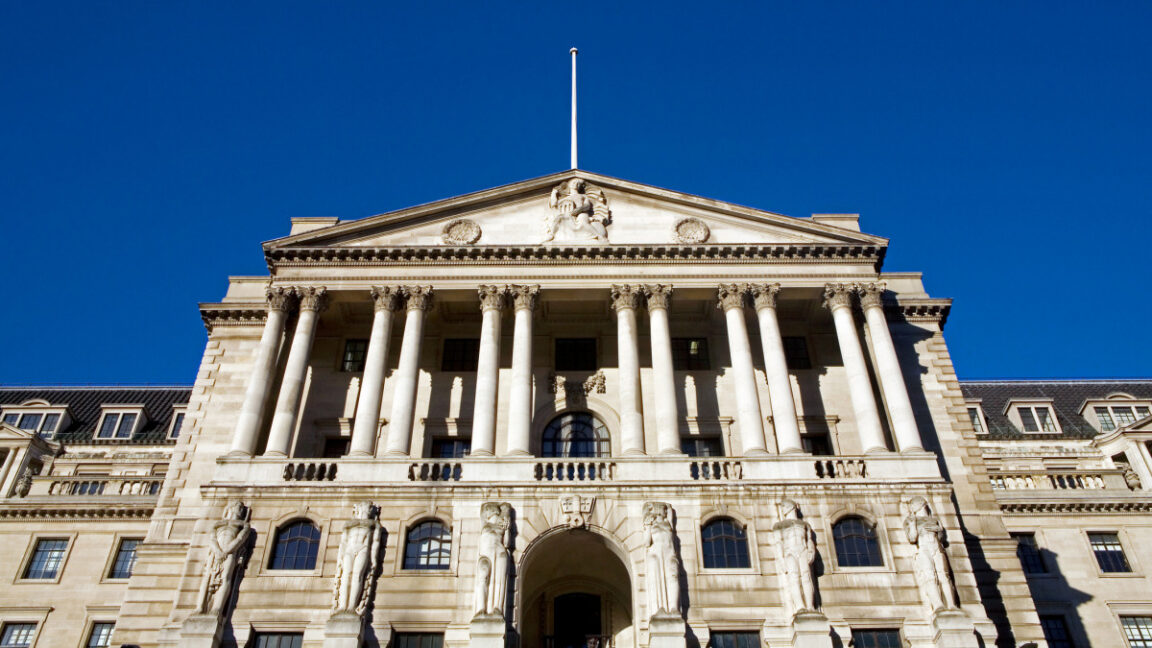Bank of England Warns AI Stock Valuations Mirror Dot‑Com Bubble

Key Points
- Bank of England flags AI stock valuations as highest since the dot‑com bubble.
- Past‑earnings based price ratios are at 25‑year highs, though future‑earnings expectations look slightly less extreme.
- Rising concentration in market indices heightens vulnerability if AI enthusiasm fades.
- Dot‑com era saw the Nasdaq rise ~600% then fall ~78% after the 2000 peak.
- BoE warns the core issue is potential over‑investment relative to AI's profit potential.
- No definitive timeline for a bubble burst, but continued AI deal growth could raise risks.
The Bank of England has cautioned that AI‑related stock valuations have reached their highest levels since the dot‑com surge of the late 1990s. While current price‑to‑earnings ratios appear less extreme when based on future profit expectations, the central bank notes that increasing concentration within market indices leaves equity markets especially vulnerable if enthusiasm for AI wanes. The BoE draws parallels to the 2000 dot‑com peak, highlighting the rapid rise and steep fall of the Nasdaq during that era and warning that similar dynamics could unfold for AI‑focused equities.
AI Valuation Surge
The Bank of England has issued a warning that valuations for AI‑related stocks are at their highest since the dot‑com bubble of the late 1990s. The central bank points out that valuations based on past earnings have reached levels not seen for 25 years, though they appear somewhat less extreme when measured against investors' expectations for future profits.
Market Concentration and Exposure
According to the BoE, the combination of elevated valuations and growing concentration within market indices creates a particular exposure for equity markets. "This, when combined with increasing concentration within market indices, leaves equity markets particularly exposed should expectations around the impact of AI become less optimistic," the bank said.
Comparison to the Dot‑Com Era
The BoE draws a direct comparison to the late‑1990s dot‑com boom. During that period, the Nasdaq index rose roughly 600 percent between 1995 and March 2000, driven by massive investor enthusiasm for internet companies. When sentiment shifted, the Nasdaq fell about 78 percent from its peak, reaching a low point in October 2002.
Potential Risks and Speculation
The central bank acknowledges that it is speculative to predict whether the AI market will experience a bubble burst similar to—or worse than—the dot‑com collapse. It notes that the core question is not the utility of AI tools themselves, but whether the amount of money flowing into AI‑focused companies is out of proportion with the potential profits those improvements might generate. The BoE emphasizes that there is no crystal ball to determine when, or if, a bubble might pop, but warns that continued growth in AI‑related deals could amplify warning signs.
Implications for Investors
Investors are urged to consider the heightened risk associated with concentrated AI valuations. While the current environment reflects optimism about future AI profitability, the BoE’s warning suggests a need for caution, especially given the historical parallels to the dot‑com era’s rapid rise and steep decline.